
 By Eliza Popova
By Eliza Popova
The latest massive attacks of Russia on Ukraine are raising more questions - what is happening to Ukrainian air defense? Is its effectiveness declining? If so - why, and what does it mean to the safety of cities and civilians? Military Stanislav Bunyatov "Osman" suggests that there are several reasons for which the Ukrainian sky has become less protected. Among them are rocket reserves for Patriot, NASAMS, Iris-T systems much faster than partners replenished.
In addition, according to him, the Russians have learned to go more effectively: combine drones and missiles, launch simultaneously from different directions, trigger many false goals. "Air defense systems are concentrated around large cities and important infrastructure sites, leaving many air areas forced to be naked. Some countries artificially agree on the transmission for a long time, taking cheap Russian resources in return for delaying us help.
Oleksandr Kovalenko, military-political observer of the Information Resistance group on the effectiveness of Ukrainian air defense against Russian attacks noted that there is currently a decrease in the efficiency of intercepting Russian drones with Ukrainian air defense. This is due to several factors, including the change of Russian tactics and the scaling of the use of drones-Kamikadze, such as Shahaned-136, Herbera and Parodia.
The Russians are actively experimenting with routes and heights, which complicates the work of Ukrainian mobile fire groups. The expert emphasized that earlier the effectiveness of Russian plaque drones was 3-6%, that is, only a small proportion of drones reached the goals. However, since the beginning of 2025, this figure has increased to 16%, which indicates a negative trend. Previously, the Russians avoided such zones using rivers, lakes or forests for maneuvers.
New tactics allow them to partially bypass Ukrainian air defense. "This is due to the fact that the Russians are constantly experimenting. They constantly change the tactics of use of drones. For example, drones now fly at a height of 2. 5–3 km, which makes them unattainable for small arms of mobile groups. Even anti-aircraft installation Focus Kovalenko. Regarding rocket attacks, the expert noted that there are no critical changes in the possibility of intercepting.
However, Russians are increasingly using ballistic missiles, such as Iskander and the North Korean KN-23. These rockets are directed mainly to cities and settlements in regions where there are no ballistics interception systems, such as Patriot or SAMP/T. According to military expert Pavel Nazhny, the Russian army has changed significantly in recent years, especially in the massiveness of attacks.
For example, in May 2023, Russia launched approximately 300-350 shahad drones a month, while one attack consists of 400 "ShahEDs". Such mass attacks can occur every 3-5 days, which indicates a sharp increase in the scale of Russian operations. The effectiveness of the Ukrainian air defense, according to the Zarny, remains at the level of about 80% of the whipped goals, as before. "However, the amount that the enemy launches into the Ukrainian sky has grown much, at times growing.
In addition to quantitative growth, the tactics of the enemy are changing. Because we will spend resources on the "pseudo -pseudorapes", - the expert emphasized the focus. km, but due to the lateral movement of drones, the distance can be much larger. The limited number of systems capable of intercepting them. However, these supplies are slow and insufficient. There are difficulties with replenishment of ammunition for our air defense.
This limits Ukraine's ability to effectively resist Russian attacks, "says the expert. On the supply of air defense from Western partners, the expert pointed to systemic problems in Europe. In his opinion, the military-industrial complex has not yet been brought to military rails. European countries cannot quickly produce a large number of missiles for the NACS. Mobilization weapons - "many, quickly and cheaply". It is based on the 1990s platform.
This complicates the rapid commissioning of such systems into operation, "-says the expert. According to Kovalenko, the Russian MIC has increased the production of Iskander missiles from one a week at the beginning of the war up to two a day. However, the production of winged missiles X-101 remains stable-one or two daily, the production of drones. 98 Drones a day, of which 90 are "chewing". Shahaneda components. "Shahd" costs at least $ 90,000 through the expensive navigation system.


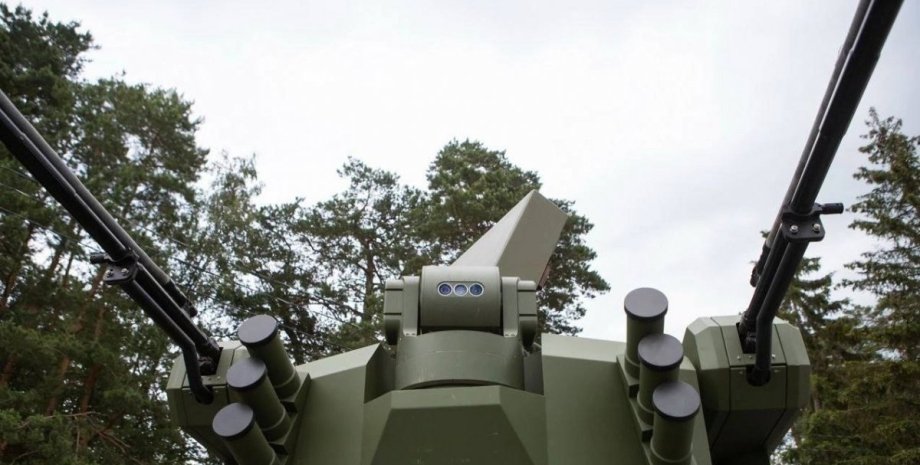
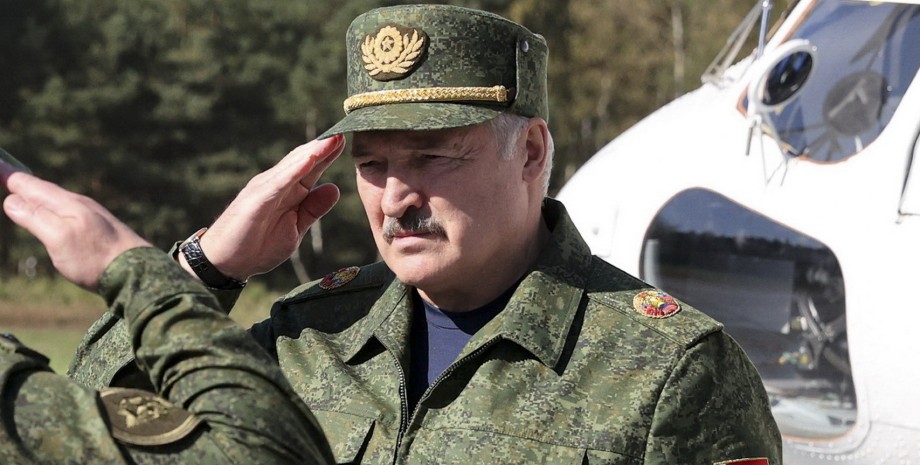
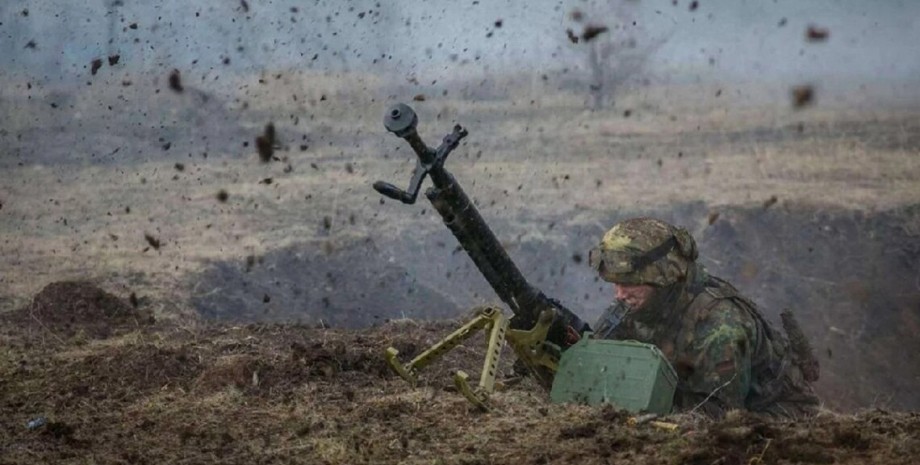

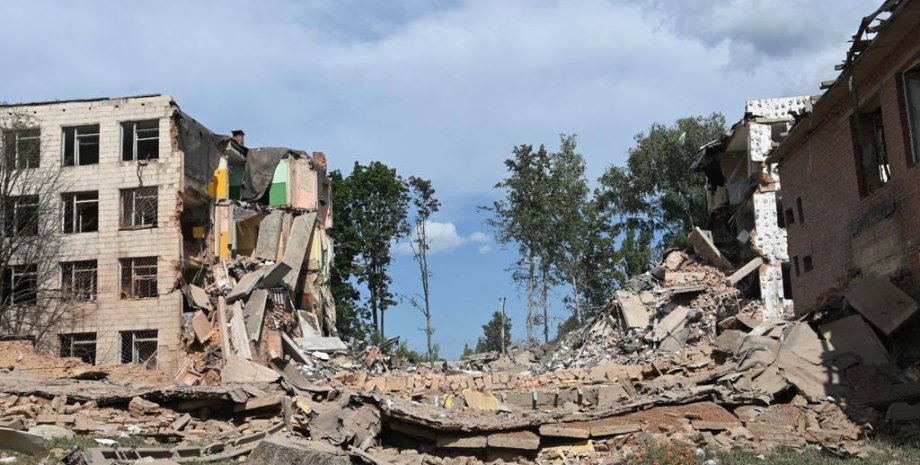


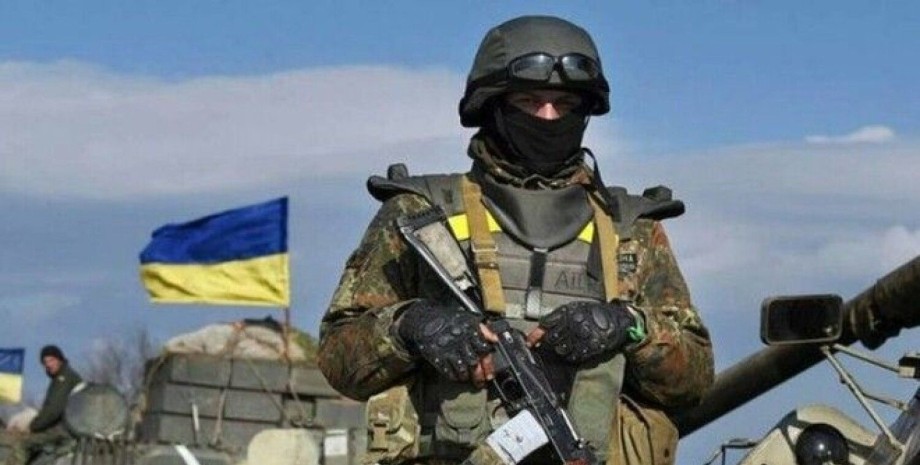
All rights reserved IN-Ukraine.info - 2022